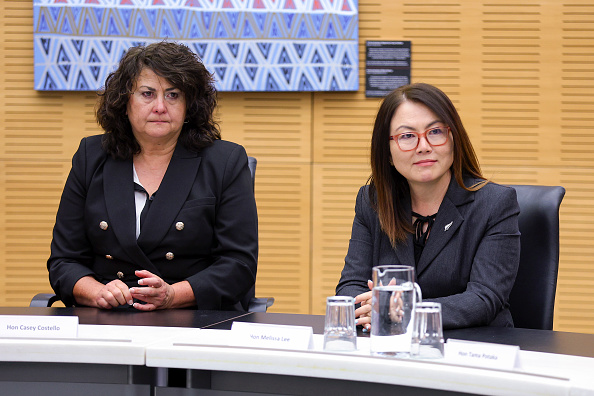New Zealand’s goal of becoming a smokefree nation by 2025 is in serious doubt, public health experts warn, as recent data shows smoking rates are not dropping fast enough.
The Annual Health Survey revealed no significant decrease in smoking rates for the first time in ten years. Associate Health Minister Casey Costello stated the Government remains committed, with plans to help 80,000 people quit smoking, focusing on those most in need.
However, experts argue that significant inequities persist. A report from the Public Health Communication Centre highlights that Māori, Pasifika, and residents in poorer areas are disproportionately affected. These groups face higher smoking rates and more access to tobacco products, making the goal of reducing daily smoking to less than 5% across all populations difficult to achieve.
While Māori and Pasifika smoking rates have declined—Māori from 17.1% to 14.7%, and Pasifika from 18.1% to 12.3%—the current pace of change will not meet the target by 2025. University of Otago public health professor Richard Edwards expressed disappointment, saying New Zealand was once a leader in tobacco control, with world-class strategies like reducing nicotine levels in cigarettes and cutting the number of tobacco retailers. These measures, he noted, were scrapped by the Government earlier this year.
Experts stress that more aggressive policies are needed, or the Smokefree goal may not be achievable even by 2027. Edwards called missing the target “disastrous” for the nation’s future health. The Government’s promised “final push,” he said, may fall short without reinstating proven policies.













